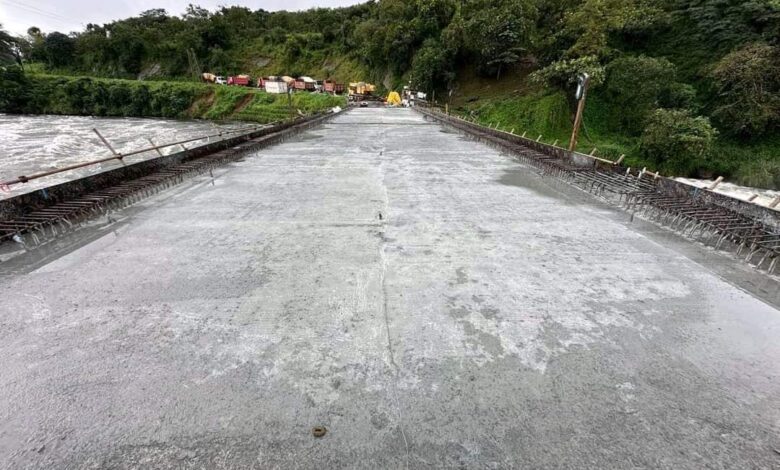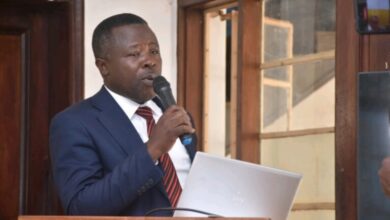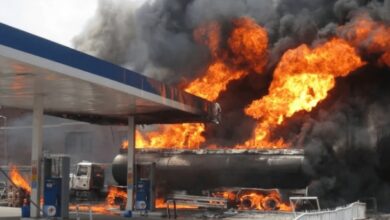Govt speaks out on Karuma bridge repair requiring human sacrifices
Built in 1963, the Karuma Falls Bridge originally supported cotton farmers in northern Uganda by providing a crucial connection across the river.

Nwoya: Hon. Awany Tony, the Vice Chairperson of the Parliamentary Physical Infrastructure Committee and Nwoya County MP, has dismissed allegations that the ongoing renovation of the Karuma Bridge requires over 400 human sacrifices for success.
Speaking on Monday about the progress of the project, Hon. Awany labeled the claims as baseless propaganda and urged the public to disregard such myths. He emphasized that the renovation’s success depends entirely on the expertise of the engineers involved.
Hon. Awany also provided updates on regional infrastructure plans that the road between Puranga and Acholibur is set for development in the third phase of the government’s planning and the Ministry of Finance is in discussions with the World Bank to secure funding for the project in the upcoming fiscal year.
The MP reassured residents of the government’s commitment to improving infrastructure in northern Uganda and encouraged reliance on verified information regarding development initiatives.
Karuma Bridge Closure
In September this year, the Minister of Works and Transport, Gen. Edward Katumba Wamala, announced a complete closure of the Karuma Bridge to allow for major refurbishment.
Earlier in May, the bridge was partially closed to buses and trailers due to identified defects. As of September 23, no traffic is allowed while the concrete deck is demolished and restored.
UNRA spokesperson Allan Ssempebwa stated the renovation is expected to last three months.
With the bridge closed, drivers have been redirected to alternative routes which are Luweero—Kafu—Masindi—Paraa (Murchison Falls National Park)—Pakwach/Gulu, Rwenkunye—Apac via Masindi Port Ferry and Iganga—Nakalama—Tirinyi—Pallisa—Kumi—Soroti—Lira road.
Built in 1963, the Karuma Falls Bridge originally supported cotton farmers in northern Uganda by providing a crucial connection across the river.
Today, it serves as a major gateway linking Kampala, northern Uganda, West Nile, DR Congo, and South Sudan, underscoring its importance for trade and transportation.
The government’s focus on restoring and enhancing infrastructure while addressing misinformation demonstrates its commitment to regional development. Residents are encouraged to rely on credible sources and cooperate with ongoing projects.
Do you have an advertisement or article you want to publish? Mail us at theugreports@gmail.com or WhatsApp +256394700683.






